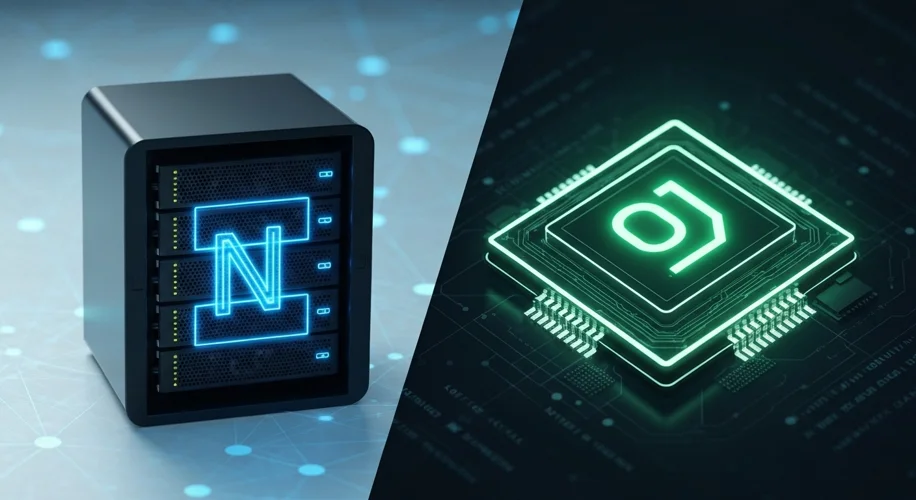Today is August 13, 2025, and the pace of advancement in artificial intelligence continues to astound. We’ve seen the evolution from large, resource-intensive models to increasingly efficient ones, and the recent comparison between GPT-5 nano and O1 offers a fascinating glimpse into this trend.
For years, the AI conversation was dominated by the sheer scale of models – how many parameters could we cram in? This often translated to impressive capabilities but also hefty computational costs and energy consumption. Think of the early days of large language models requiring massive server farms just to train and operate.
However, the focus has begun to shift. Developers are now keenly interested in achieving similar, or even superior, results with significantly less. This is where models like GPT-5 nano and O1 come into play. The ‘nano’ in GPT-5 nano suggests a deliberate effort to create a smaller, more agile version of a powerful AI. Similarly, O1 represents a new generation of AI architecture designed with efficiency at its core.
When we look at benchmarks, the results are telling. While specific, granular details often remain proprietary, the industry trend indicates that these more compact models are achieving remarkable performance in key areas. For instance, in tasks like natural language understanding, summarization, and even creative text generation, these smaller models are demonstrating a competitive edge.
What does this mean? Firstly, it points to a democratization of AI. More efficient models require less specialized hardware, making advanced AI capabilities accessible to a broader range of developers and organizations, not just the tech giants. This can accelerate innovation across various sectors, from small businesses to academic research.
Secondly, the environmental impact of AI is a growing concern. Training and running large models consume significant amounts of energy. The development of smaller, more efficient models like GPT-5 nano and O1 is a crucial step towards a more sustainable AI future. It’s about getting more done with less, which is a principle that resonates beyond just technology.
From my perspective, having spent decades in the software industry, this shift is not just about raw performance metrics. It’s about practicality, accessibility, and responsibility. The ability to deploy powerful AI tools on more modest hardware, or even on edge devices, opens up entirely new use cases and applications that were previously unimaginable.
We need to ask ourselves: what are the implications of AI that is not only intelligent but also economical and environmentally conscious? It suggests a future where AI can be integrated more seamlessly into our daily lives and industries without the prohibitive costs or environmental footprint associated with earlier iterations. This efficiency race is not just a technical competition; it’s a move towards making advanced AI a more sustainable and inclusive tool for everyone.

